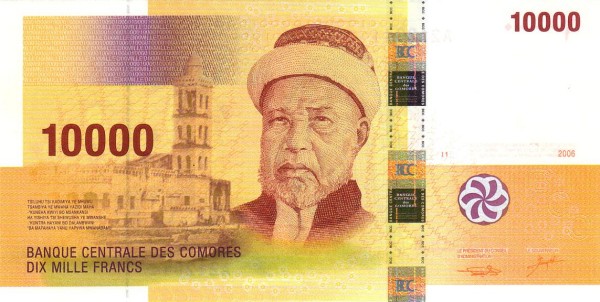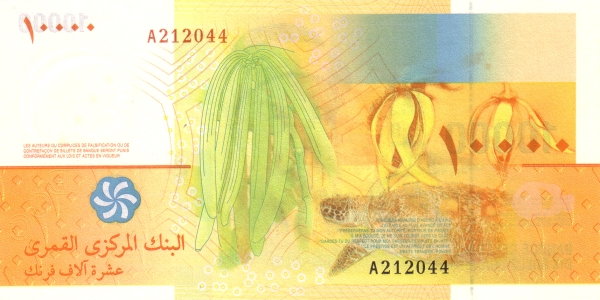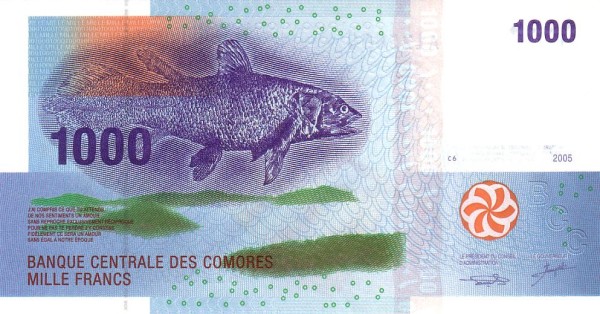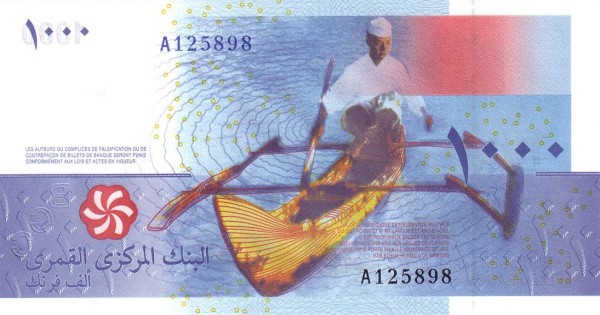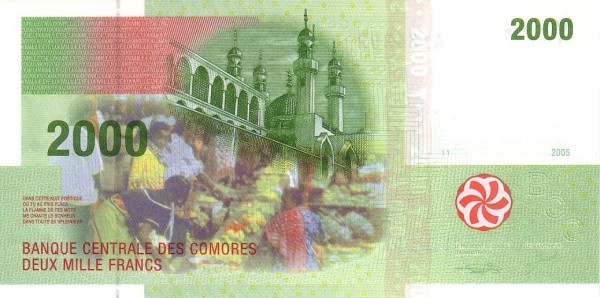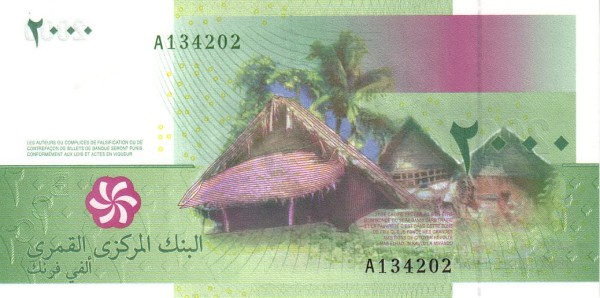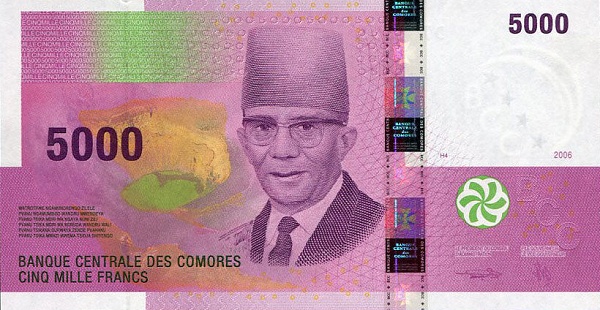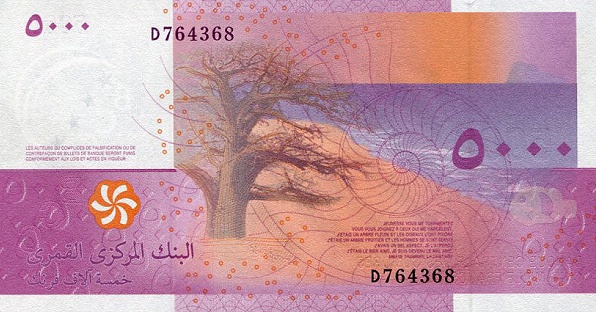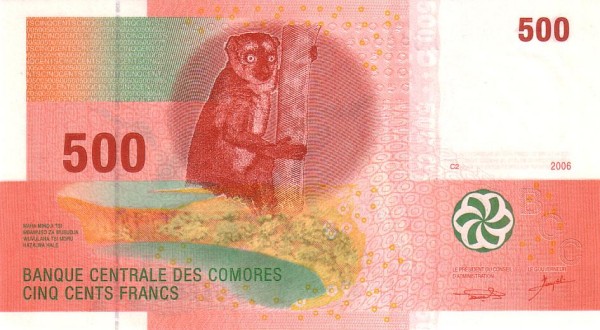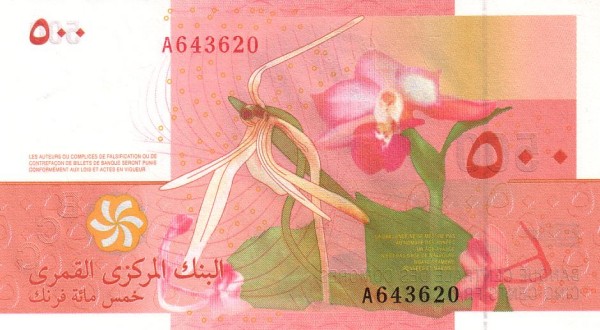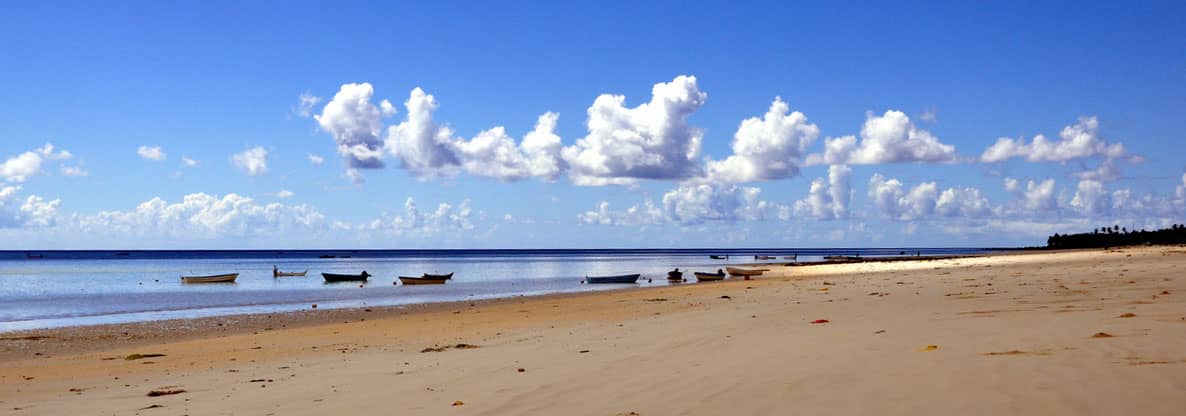Exploring the Enchanting Islands of Comoros
Comoros, a stunning archipelago located in the Indian Ocean, lies east of Mozambique and west of Madagascar. This nation, consisting of four main islands—Ngazidja, Mwali, Nzwani, and the contested Maore—is rich in culture and history. The islands collectively cover an area of approximately 2,235 km², making them slightly smaller than Luxembourg. Notably, Mayotte remains under French administration, creating a unique political dynamic among the islands. The proximity of Comoros to countries such as Mozambique, Tanzania, and Madagascar enhances its cultural exchanges and trade opportunities.
Geographical Marvels of the Comoros Islands
The natural landscape of Comoros reveals an impressive array of terrains, ranging from towering volcanic mountains to lush, rolling hills. The highest point, Le Kartala, rises to 2,360 meters and is an active volcano. The unique geological formation contributes to the islands' diverse ecosystems. Visitors can find a wealth of flora and fauna, making it an excellent destination for nature enthusiasts. Additionally, the tropical marine climate ensures warm temperatures year-round, which further attracts tourists seeking adventure and relaxation.
A Deep Dive into the Rich History
Since gaining independence in 1975, Comoros has experienced a tumultuous political landscape, marked by over twenty coups and attempts at coups. These political shifts shaped the islands' modern governance structure. For instance, in 1999, Azali Assoumani, a military chief, led a bloodless coup, ushering in a new era of governance. His negotiation of the 2000 Fomboni Accords allowed for a power-sharing agreement that helped stabilize political relationships across the islands.
Social and Cultural Vibrancy
The cultural makeup of Comoros is as vibrant as its landscapes. While the majority of the population, around 770,000 individuals, practice Sunni Islam, there are also notable influences from various ethnic groups such as Antalote, Cafre, Makoa, Oimatsaha, and Sakalava. The intermingling of these cultures enriches local customs and traditions, creating a unique tapestry of Comorian identity.
Linguistic Diversity
In Comoros, communication flows through a mix of languages. The primary language, Shikomor, combines elements from Swahili and Arabic, reflecting the historical trade connections and cultural exchanges with other regions. French and Arabic also play significant roles in daily interactions, and this multilingualism fosters a strong sense of community among the islands’ inhabitants.
Economy and Natural Resources
The economy of Comoros relies heavily on agriculture, with key products including vanilla, ylang-ylang, and cloves. The islands' climatic conditions favor the cultivation of these essential oils, making them significant players in the global perfume industry. Despite limited natural resources, the local population sustains itself through farming and the burgeoning tourism sector. Each year, travelers flock to Comoros to enjoy its unparalleled beauty and unique offerings.
The Travel Experience in Comoros
Tourism in Comoros resonates deeply with visitors, who are drawn to the diverse landscapes and rich cultural heritage. From the serene beaches lined with palm trees to the dramatic mountain hikes, opportunities for exploration abound. Whether one seeks relaxation or adventure, Comoros provides a perfect balance, appealing to a wide range of travelers. Furthermore, the islands' hospitality makes guests feel welcomed.
Political Landscape and Current Governance
The political environment in Comoros remains complex, with recent elections reinforcing varied leadership across the islands. In 2011, Ikililou Dhoinine won the presidency in a peaceful election that garnered praise for its fairness. Subsequently, former President Azali Assoumani regained leadership in a closely contested election in 2016, highlighting the ongoing political engagement of the people.
The Comorian Cuisine
Comorian cuisine offers an enticing blend of flavors, heavily influenced by its location and cultural interactions. Staples like rice, seafood, and various tropical fruits dominate local diets. Spices such as cloves and vanilla enhance traditional dishes, making meals a delight for the senses. The culinary experiences reflect the natural bounty of the islands while honoring age-old traditions.
The Union of Comoros: A Nation of Resilience
Settling in the heart of the Indian Ocean, Comoros stands as a testament to resilience and cultural richness. Despite historical challenges, including political instability and economic hardships, the spirit of its people remains indomitable. The commitment to maintaining their unique identity amidst external pressures showcases the strength of Comorian society.
Conservation Efforts in Comoros
Pursuing environmental sustainability, Comoros prioritizes the conservation of its natural resources and biodiversity. Various initiatives focus on protecting the remarkable marine ecosystems, which are home to vibrant coral reefs and diverse marine life. With unique species such as the Aldabra giant tortoise, ongoing efforts aim to safeguard heritage for future generations.
Conclusion: Embracing the Future
As Comoros prepares to face the future, the combination of its rich heritage, natural beauty, and strong community ties positions the nation for continued growth. The cultural depth and resilience of the Comorian people offer a promising outlook. Ultimately, Comoros shines as a jewel in the Indian Ocean, inviting all who seek to experience its wonders.
Largest cities of: Comoros
| City Name | Population | Year of foundation | |
| Moroni | 50,000 | 1950 | |
| Moutsamoudou | 35,000 | 1991 | |
| Domoni | 20,000 | circa 1500 | |
| Fomboni | 18,000 | 1907 | |
| Ouani | 15,000 | 1849 | |
| Moya | 12,000 | 1500s | |
| Sima | 10,000 | circa 2000 B |
Comoros: Money
